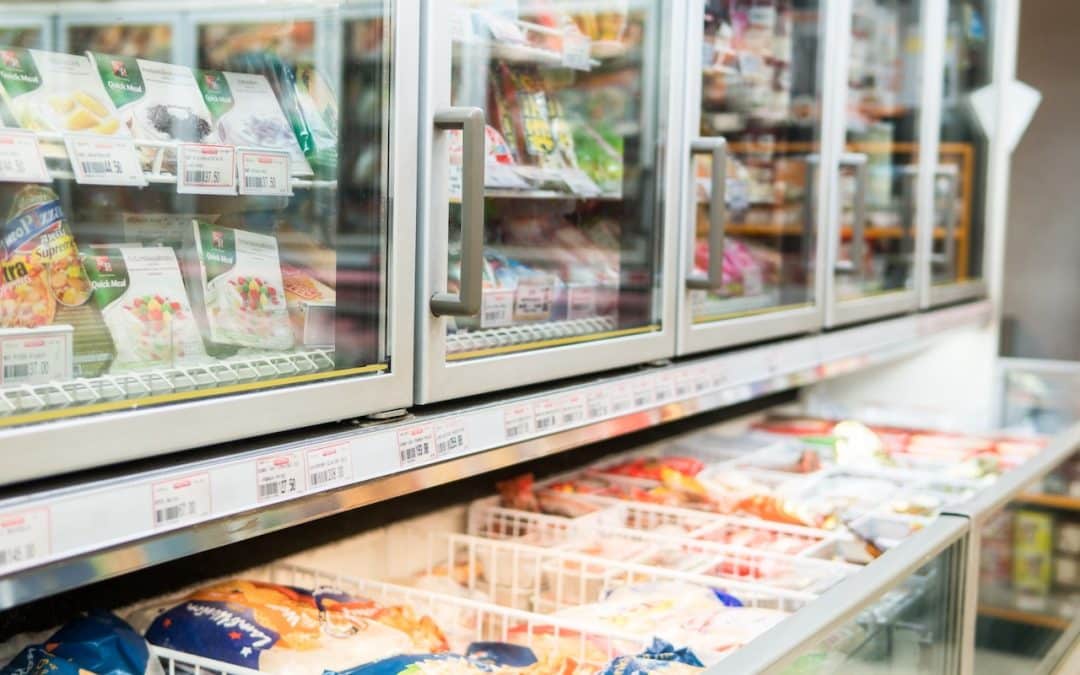Insights
Trends in Supermarket Distribution: What Food Producers Need to Know
In the ever-evolving landscape of supermarket distribution, staying ahead of trends is paramount for food producers aiming to thrive in the market. As consumer preferences shift and retail strategies evolve, understanding these trends becomes imperative. Let’s delve into some key insights that food producers should keep in mind to effectively navigate supermarket distribution trends.
Rise of Health-Conscious Choices: Consumers are increasingly prioritizing health and wellness, leading to a surge in demand for organic, natural, and locally-sourced products. Food producers should align their offerings with these preferences by emphasizing the nutritional value and quality of their products. Collaborating with supermarkets that prioritize health-conscious choices can provide a competitive edge.
Emphasis on Sustainability: Sustainability has become a significant consideration for both consumers and retailers. Food producers should focus on eco-friendly practices throughout the production and distribution processes, such as using recyclable packaging and reducing carbon footprint. Partnering with supermarkets committed to sustainability initiatives can enhance brand reputation and appeal to environmentally-conscious shoppers.
Expansion of Ethnic and International Foods: With increasing cultural diversity and globalization, supermarkets are expanding their offerings to include a diverse array of ethnic and international foods. Food producers can capitalize on this trend by introducing authentic ethnic cuisines or innovative fusion flavors to cater to multicultural consumers. Understanding the demographics of target markets and collaborating with supermarkets that embrace diversity is essential for success.
Rise of Online Grocery Shopping: The convenience of online grocery shopping has gained significant traction, especially in the wake of the COVID-19 pandemic. Food producers should optimize their distribution strategies to accommodate online retail channels, ensuring seamless delivery and packaging solutions. Collaborating with supermarkets that offer robust e-commerce platforms or partnering with online grocery delivery services can broaden market reach and accessibility.
Demand for Transparency and Traceability: In an era marked by increasing concerns about food safety and origin, consumers are demanding greater transparency and traceability throughout the supply chain. Food producers should prioritize transparency in labeling, sourcing, and production practices to build consumer trust. Partnering with supermarkets that prioritize transparency initiatives and offer clear labeling can enhance credibility and foster loyalty among consumers.
Personalization and Customization: Consumers seek personalized shopping experiences tailored to their unique preferences and dietary requirements. Food producers can leverage technology and data analytics to offer customizable products or packaging options. Collaborating with supermarkets that embrace personalized marketing strategies, such as targeted promotions or loyalty programs, can enhance consumer engagement and loyalty.
In conclusion, understanding and adapting to trends in supermarket distribution are essential for food producers to remain competitive in the ever-changing marketplace. By aligning with consumer preferences, embracing sustainability practices, leveraging online retail channels, prioritizing transparency, and embracing personalization, food producers can effectively navigate supermarket distribution trends and position themselves for success in the evolving landscape of the food industry.
Metro Foods
Industry Insights

Behind the Scenes: The Role of Food Brokers in Supermarket Distribution
When consumers stroll through the aisles of their favorite supermarket, they often overlook the intricate web of...

The Art and Science of Cutting Presentations
A cutting presentation in food brokerage and sales refers to a demonstration or display of a product that is intended...
Personalized Service
At It's Best
Take the First Step. Experience the Metro Foods Advantage Today!

